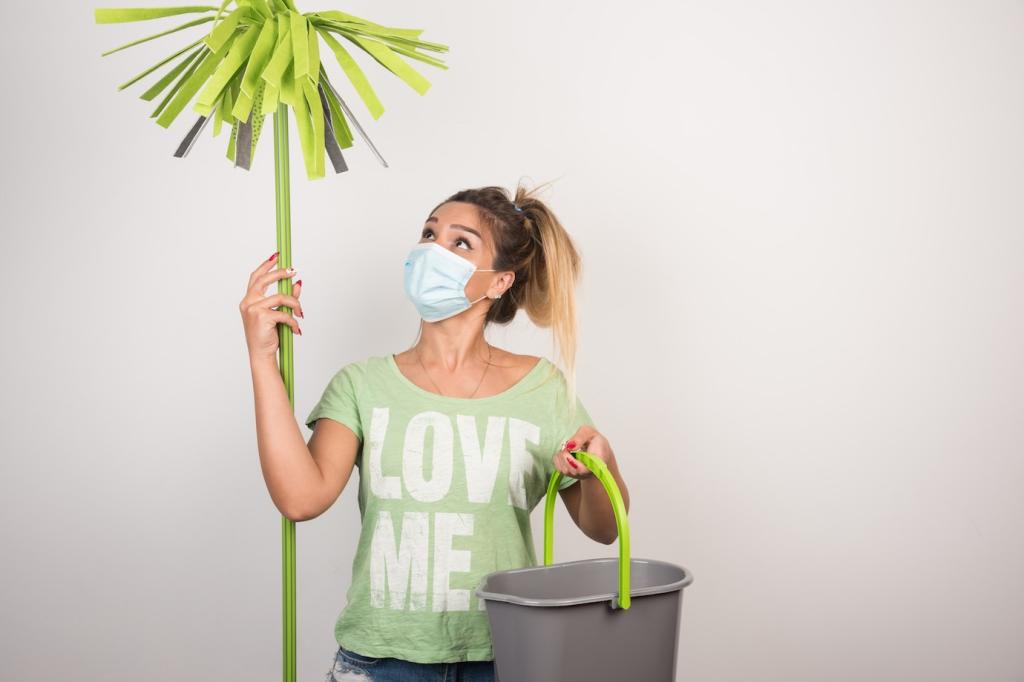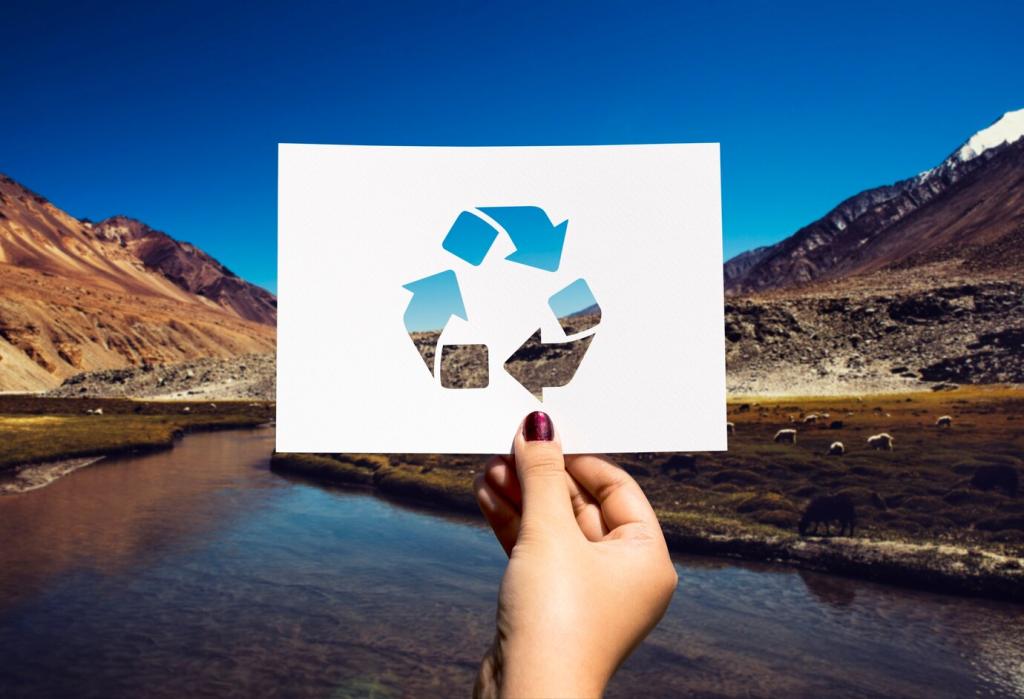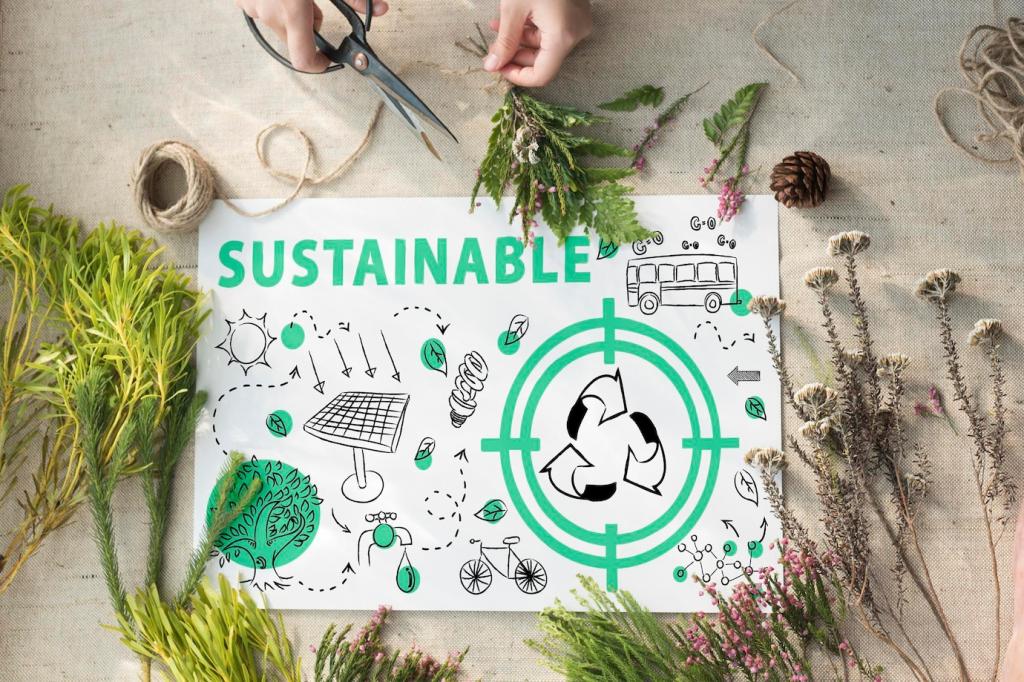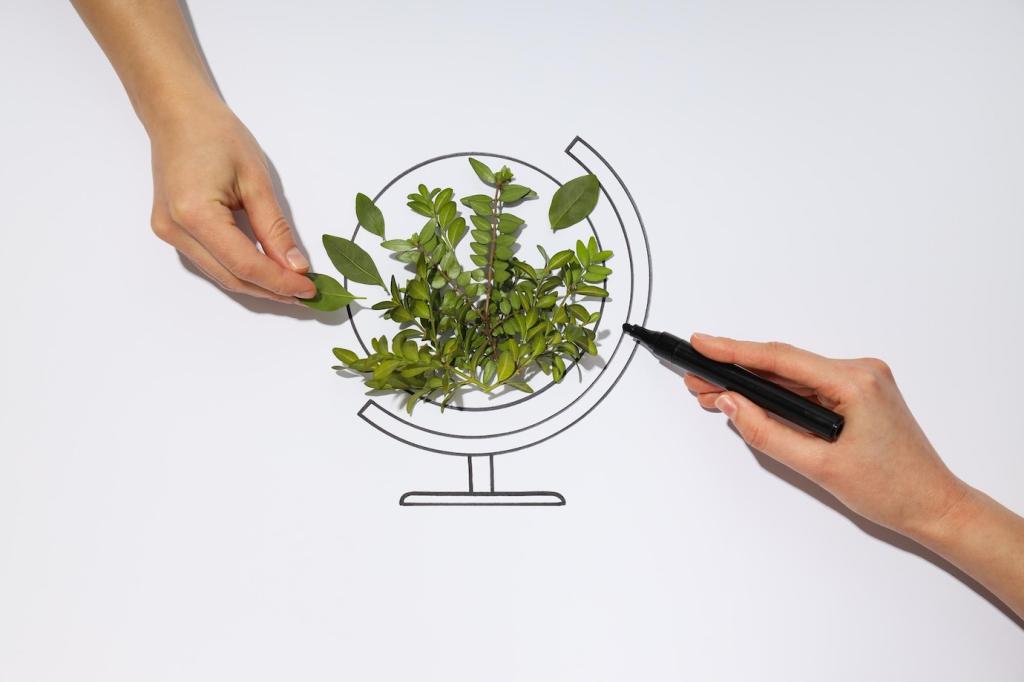Chosen Theme: Recycling and Upcycling Old Furniture — Give Tired Pieces a Second Life
We are diving into the chosen theme: Recycling and Upcycling Old Furniture. Discover how to turn overlooked, worn-out pieces into soulful, durable creations that honor the planet and your personal style. Join our community, share your before-and-after stories, and subscribe for fresh ideas that spark your next transformation.
Why Upcycling Old Furniture Matters
Each rescued dresser or chair keeps bulky waste out of landfills, cuts demand for new raw materials, and lowers transport emissions. Upcycling extends product life cycles, protects forests, and supports a circular economy where materials circulate longer and smarter. Your decisions truly add up.
Why Upcycling Old Furniture Matters
That faded sideboard might have hosted birthdays, arguments, and quiet breakfasts. When you upcycle, you keep its stories breathing. A soft sand, a thoughtful paint, and new hardware turn memories into daily companions. It becomes living history in your home.


Where to Hunt
Start with thrift stores, estate sales, and garage sales. Watch online marketplaces, community free groups, and university move-out days. Stroll alleys after big move weekends. Ask local hotels and restaurants about retired furnishings. Tell friends you rescue pieces—they will start calling.
What to Inspect
Check joints for wobble, wood for rot, and veneer for bubbling. Peek inside drawers for solid sides and dovetail joinery. Smell for mildew, look for termites, and test weight. Cosmetic scars are fine; dangerous damage is not. Photograph issues for planning repairs.
Negotiation and Logistics
Measure twice, including doorways, hallways, and your vehicle. Bring moving blankets, straps, and a screwdriver for quick leg removal. Negotiate kindly using facts, not insults. If you love it but cannot haul today, leave a small deposit and confirm pickup.

Deep Clean Without Damage
Vacuum crevices, then wash gently with warm water and mild soap. For grease, use mineral spirits sparingly and follow with a tack cloth. Remove odors with baking soda sachets. Always dry thoroughly before sanding to avoid raised grain and gummy residue.
Stripping and Sanding Smartly
Choose chemical strippers for intricate carvings and mechanical sanding for flat surfaces. Work with the grain to prevent scratches, stepping through grits patiently. Keep dust extraction running. A final wipe with denatured alcohol reveals hidden scratches before finishing.
Techniques to Transform
Use bonding primer for glossy surfaces and shellac-based primer to block tannins on oak or mahogany. Choose chalk, milk, or enamel paints depending on texture and durability. Seal with water-based polyurethane or hardwax oil. Thin coats, light sanding, and patience deliver professional results.


From Trash to Treasure: Real Stories
Maya found a broken chair on moving day, wobbling like a fawn. She re-glued the joints, wove a new seat with jute, and brushed on moss-green milk paint. Sunlight warmed the finish as linseed oil cured. Her comment: “It finally belongs to my home.”
From Trash to Treasure: Real Stories
A scratched maple table sat lonely in a garage. After stripping, the grain shimmered like water. New leaves from salvaged boards extended its reach. The first dinner hosted neighbors who helped carry it inside. Laughter sealed the final coat better than any varnish.


Sustainable Finishing Touches and Care
Select low-VOC paints, plant-based oils like tung or linseed, and dewaxed shellac for quick sealing. Use biodegradable strippers when possible. Reuse brushes and trays, and decant leftover finish into smaller jars to reduce air exposure and waste. Every choice matters.
Sustainable Finishing Touches and Care
Place coasters, lift rather than drag, and dust with microfiber. Refresh oiled finishes seasonally. Protect from extreme humidity swings. A tiny touch-up jar saves entire weekends later. Record your products and colors for easy future repairs and matching.
